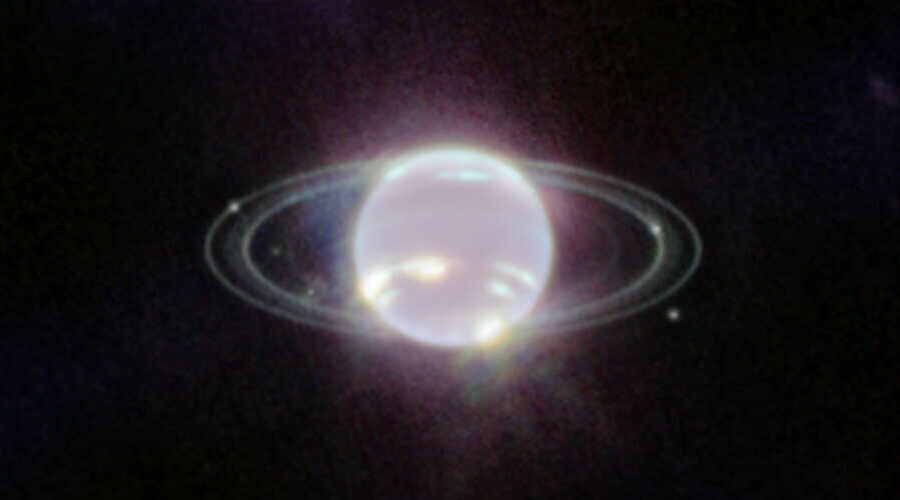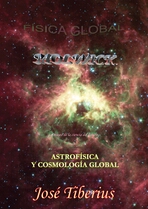A-2. Relativistic effects of the planets' orbits
Given the variety and complexity of the factors that influence planetary orbits, it is convenient to present and analyze the following topics briefly.
a) Post Newtonian-Model
Currently, a Post Newtonian model carries out the estimates of the planetary orbits and their precessions since the diversity of factors would complicate the relativistic model’ calculus.
Neptune 
In addition to kinetic energy, we can mention the gravitational effects of the situation and movement of the different planets and other factors such as their rotation speed, temperature, and orbital eccentricity.
The observed and unexplained precession of the orbits of the planets is the goal of new projects such as UMBRELLA - Universal Measurement Background Relativistic Effects Low-Level Analysis.
-
b) The movement of the CMB
About the asymmetric distribution of the set of forces of gravity along the orbit, it does not seem that the CMB can cause such asymmetry.
If its vector velocity is known, the parameterized sensitivity analysis of the reference frames proposed by UMBRELLA to detect the possible influence of the universe’s expansion would also catch the relationship with the CMB, where appropriate.
-
c) The shape of the orbits
Let's analyze the influence of an asymmetry of forces in the following types of planetary orbits.
c.1. Circular Orbit
Let us see the effect on a circular orbit of an increase in the force of gravity.
-
c.1.a) Newtonian orbit
In Newton’s classical model, the answer is simple, the greater the force of gravity, the smaller the diameter of a stable orbit.
c.1.b) Relativistic effects
In the model of the theory of relativity, the answer is still simple, the kinetic energy and its gravitational effects would be constant; therefore, it would be equivalent to an orbit with a greater force of gravity. The rotation would reduce its diameter.
In other words, it is not that each turn the planet travels 360º and something else. The balance between centrifugal and centripetal force is mathematical, and a complete turn is 360º.
-
c.2. Elliptical Orbit
This case is more interesting because it is closer to the actual orbits.
Let us now see the effect on an elliptical orbit of an increase in the force of gravity.
c.2.a) Newtonian orbit
The problem is complicated since the change in orbit’s shape and size will depend on where the increase in the force of gravity begins and its intensity. As the force of gravity is variable, we can understand it as a force with perfect elasticity.
Besides, we know that the equilibrium orbit will continue to be elliptical with greater or lesser eccentricity, except for the particular cases of spiral towards the center, circular or hyperbolic.
c.2.b) Relativistic effects
Orbits are not pure ellipses, but ellipsoids due to the double effect in gravity derived from kinetic energy or, if preferred, its equivalent mass.
Something similar to a classical orbit should occur. Although the variations of the force of gravity will be different, they will continue to be symmetrical concerning the central axis and, therefore, they will continue to be ellipsoid orbits.
However, we know that planetary orbits have anomalous precessions due to kinetic energy, which means the resulting forces are not symmetrical.
In short, the asymptotic transformation of variables carried out by some mathematical models does not always respect the underlying physical models, especially when there is a change of sign in a variable.
As we will see in more detail in another section, the constant G will gather kinetic energy's effect of the central mass's velocity in a non-solidary frame of reference.
